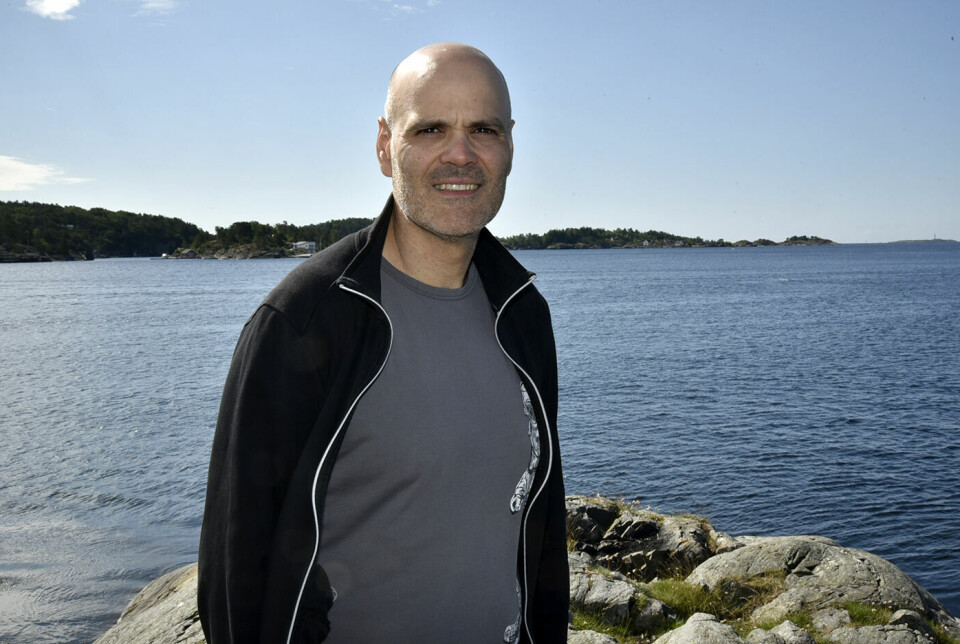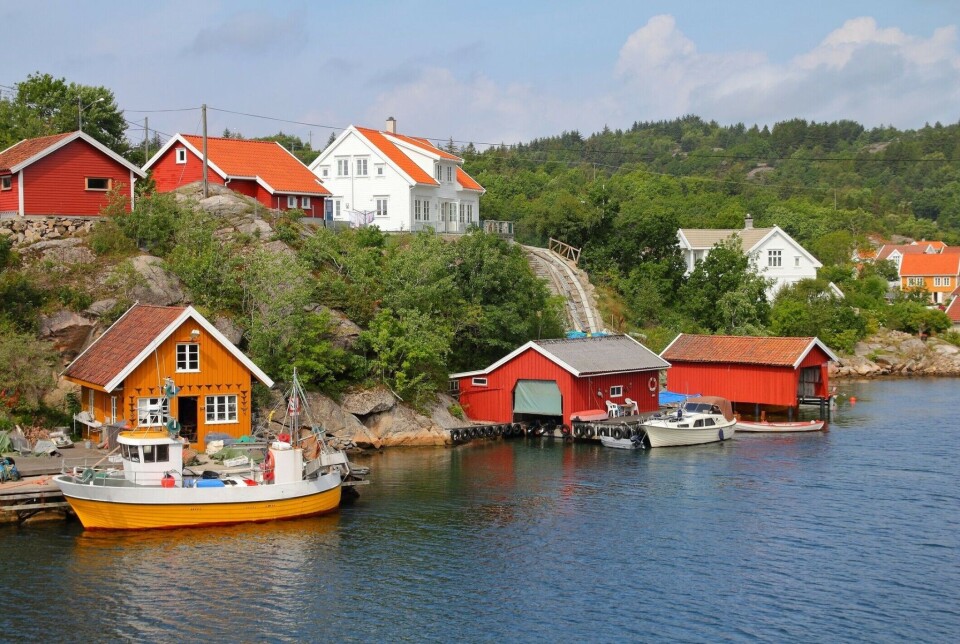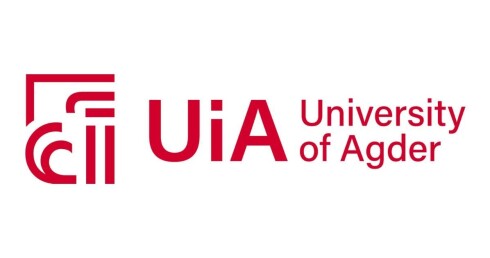THIS CONTENT IS BROUGHT TO YOU BY THE University of Agder - read more
Fishermen in Southern Norway seek the release of millions of fish into fjords
The juvenile fish will help strengthen the population of coastal cod. Many support financing the initiative through a fishing permit.

This is shown in a study conducted by the University of Agder's Centre for Coastal Research, the University of Tromsø, and the coastal research foundation Fundacion Chinquihue in Chile.
“This is both surprising and unsurprising,” says the lead researcher behind the study, Enrique Blanco Gonzalez, from the University of Agder's Department of Natural Sciences.
A whole 80 per cent of respondents are positive about releasing young cod into the fjords.
"It's more than we anticipated. However, it's no surprise that fishermen of all kinds are worried about the current decline in the coastal cod population and want to back measures to remedy this,” he says.
Supportive of new release programme
The main aim of the study was to gain deeper insight into how recreational and professional fishermen, along with the fishing tourism industry in Agder, view the idea of launching a dedicated release programme for coastal cod in Southern Norway.

Researchers also asked fishermen how they think this initiative could be funded and to what extent they would be willing to contribute financially, for example, through a fishing permit scheme.
Overfishing and climate change
The findings reveal that fishermen believe the decline in the cod population has multiple causes.
They especially highlight industrial overfishing, climate change, lack of food for cod, and declining water quality.
The least mentioned cause is overfishing due to recreational fishing.
When asked about the potential benefits of a release programme, they said it could primarily help rebuild the cod population.
They also mentioned opportunities for education and research, strengthening the local ecosystem, preserving fishing traditions in the region, and creating opportunities for fishing and the local economy.
However, the fishermen's main concerns about a targeted release programme are related to potential reductions in genetic diversity among local cod populations, competition for food and space with other fish, and the risk of transmitting diseases to existing wild fish.
"A public responsibility"
Over 75 per cent of respondents also believe that national and local authorities should take the lead in any new release programme.
Furthermore, it should be supported by researchers who can provide scientific expertise.
The same applies to the funding of such a programme. Fishermen expect that the majority of funding should come from the state and local authorities.
Fishing permits
“Interestingly, one in four people said they’d consider directly contributing to such a programme, for example by buying fishing permits for NOK 175 (16 USD)," says Gonzalez.
According to the researcher, this shows that there is a willingness among the public to pay for the preservation of coastal cod - even though the majority in the study clearly state that the government should cover the main costs.
Not the first attempt
This is not the first time an effort has been made to increase the cod population in Southern Norway through releases.
The first time was in 1884 when Captain Gunder M. Dannevig established the Norwegian cod release programme in Flødevigen near Arendal. The programme continued until 1971 and involved releasing millions of small, newly hatched cod fry.
The challenge with the method, however, was that the initial fry stage is the most dangerous in a fish's life, with the lowest survival rate.
Furthermore, it is not possible to mark newly hatched fry, making it impossible to track their survival.
Another initiative took place from 1990 to 1997 through the Programme for Developing and Enhancing Sea Ranching (PUSH).
This programme laid the groundwork for a new release strategy based on releasing juvenile fish instead of larvae.
Although these young cod are small, only six to seven months old and 10-12 centimetres long, they can be tagged and monitored by researchers.
"Basis for a new programme"
“Much has happened since then. We now know a lot more about fry production, and we’re much better at keeping fry alive during the crucial early stages of life compared to 30 years ago,” says Gonzalez.
Given the critical condition of the coastal cod stocks in Southern Norway, combined with the positive perceptions and attitudes towards aquaculture-based enhancement programmes seen in this study, the researcher believes it might be sensible to consider launching another comprehensive cod release programme in Southern Norway.
“Of course, it’s not up to me, but the conditions are likely more favourable now than they’ve ever been,” he says.
Reference:
Liu et al. Stakeholders' perception and willingness-to-pay for an aquaculture-based fisheries enhancement program for coastal cod in Southern Norway, Aquaculture, vol. 591, 2024. DOI: 10.1016/j.aquaculture.2024.741111
———
Read the Norwegian version of this article on forskning.no

This content is paid for and presented by the University of Agder
This content is created by the University of Agder's communication staff, who use this platform to communicate science and share results from research with the public. The University of Agder is one of more than 80 owners of ScienceNorway.no. Read more here.
More content from the University of Agder:
-
The law protects the students. What about the teachers?
-
This researcher has helped more economics students pass their maths exams
-
There are many cases of fathers and sons both reaching elite level in football. Why is that?
-
How we used plants to protect ourselves from evil
-
What is it like for nurses to promote health behind bars?
-
This can make life easier for new maths teachers





































